This week, two quite disconnected stories as we visit the Hobart Convict Penitentiary and Bonorong Wildlife Sanctuary. I very much enjoyed the visit to the Hobart Convict Penitentiary. However, the normal tours are not conducive to photographs without people in them, and I hadn’t made special arrangements. So very light on for photographs there. Bonorong Wildlife Sanctuary was likewise quite worthwhile to visit. However, unless you want multiple photographs from all angles of the native wildlife there, it was not particularly exciting from a photographic point of view. After Bonorong, we drove to Rosny Hill Lookout, and I share a couple of photographs from there as well.
Hobart Convict Penitentiary
The building currently maintained by the Tasmanian National Trust is actually just a small part of the original penitentiary complex. The original complex occupied most of the city block where the current remains now stand in one corner. In fact, the remaining bit was one of the later parts of the penitentiary to be built, in 1831.
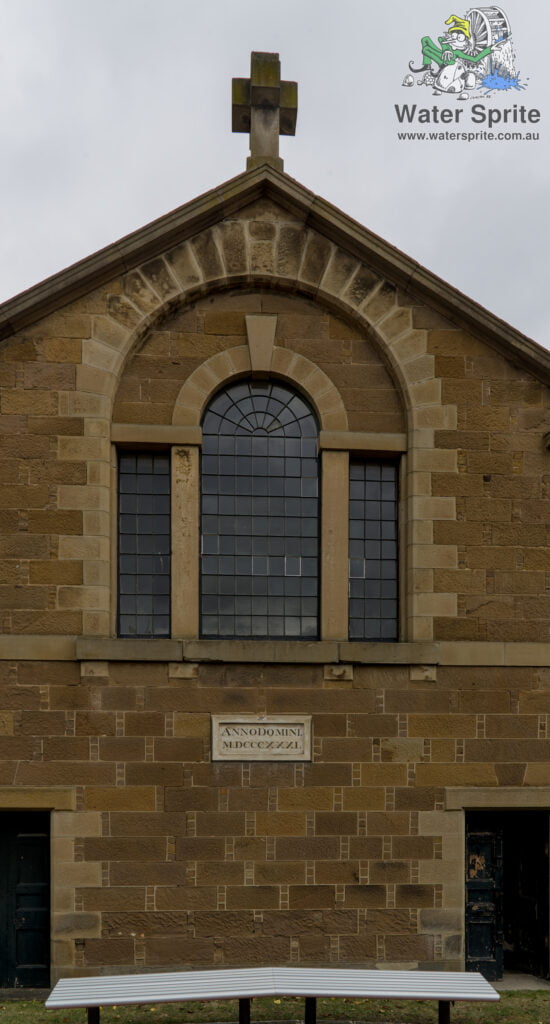
Sony A7Riv with Sony FE 24-70mm F2.8 GM II lens @ 24mm. 1/30s, f/16.0, 160 ISO.
The entry doors from the penitentiary side gave access to two side wings out to the left and right of my photo above. These would have been behind the altar, I presume. A third wing, directly in front of where the altar was located, was reserved for public attendance at services. That wing was accessible from the street.
Theory behind the convict system
There was a theory underlying the convict system, and it wasn’t just a means of providing a slave labour class. Founded in the religious values of the time, the way to reformation and repentance for their wrong-doing was through hard work and religious devotion. Convicts were expected to work, but were also expected to show high levels of religious devotion. The original design of the penitentiary did not have a dedicated church. Convicts were escorted to other churches in Hobart, or did their devotions amidst the distractions of the penitentiary. The part of the penitentiary that remains today was the church. This was added to the site in 1831 so that convicts could easily be escorted in for regular church services.
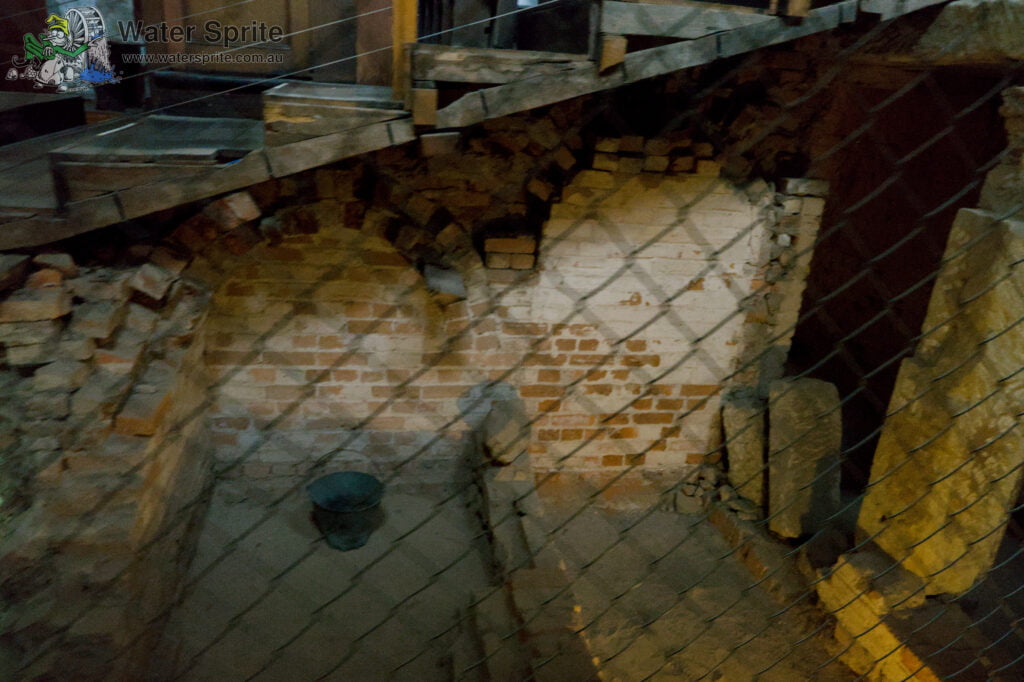
Sony A7Riv with Sony FE 24-70mm F2.8 GM II lens @ 24mm. 1/30s, f/16.0, 10000 ISO.
In true colonial style, there were solitary confinement cells constructed under the raised floors of the church. No sense in wasting space, after all. This way, the recalcitrant souls in solitary confinement would have the benefit of being present for church services. No doubt the pious operators of the system thought this was a fantastic win-win situation. There was no need to remove them from the physical hardships of their sentence necessary for the improvement of their character, while still giving their soul the devotions it needed for a better afterlife.
A second life
When the penitentiary was closed, the majority of the building was then converted to house the Tasmanian Supreme Court. Just one of the three wings remained in use as a chapel for limited purposes. In that form, it survived and remained standing when the rest of the penitentiary was demolished. It continued to be used in that capacity until late in the 20th century. When the Supreme Court relocated to purpose built premises, the building was given to the National Trust. They now operate it as an historical monument.
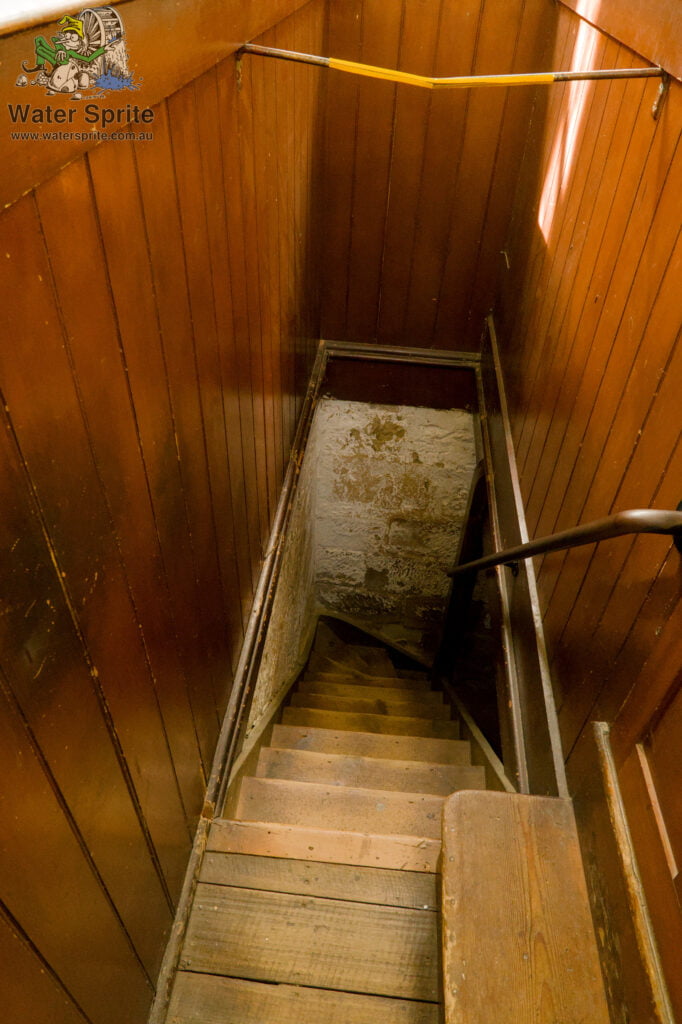
Sony A7Riv with Sony FE 24-70mm F2.8 GM II lens @ 24mm. 1/30s, f/16.0, 12800 ISO.
A caged race and tunnel was constructed through the old (largely demolished) solitary confinement cells. Prisoners could be securely escorted through this and up a narrow set of stairs. This brought them directly into the prisoner’s box in the courtrooms above, avoiding moving them through public areas.
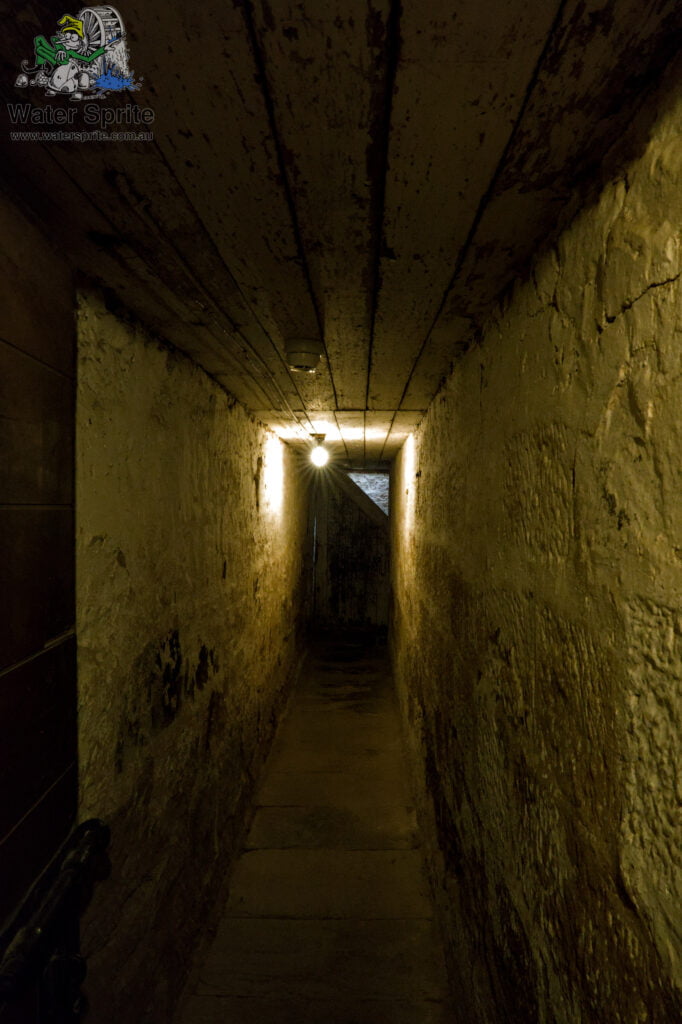
Sony A7Riv with Sony FE 24-70mm F2.8 GM II lens @ 24mm. 1/15s, f/16.0, 12800 ISO.
Current use
The tour of the building (conducted by National Trust volunteers) gives you a history of the building. You walk in the footsteps of convicts and prisoner’s, and experience first-hand part of what it must have been like. You get to experience both the penitentiary and courtroom parts of this building’s life. The building also contains a small museum. It contains artefacts that are typical of what would have been there during the different stages of its life. The museum and tour present information on life as a convict, including actual stories from the lives of convicts. Courtroom two contains a multimedia interface to the full convict information database and allows you to look up possible ancestors.
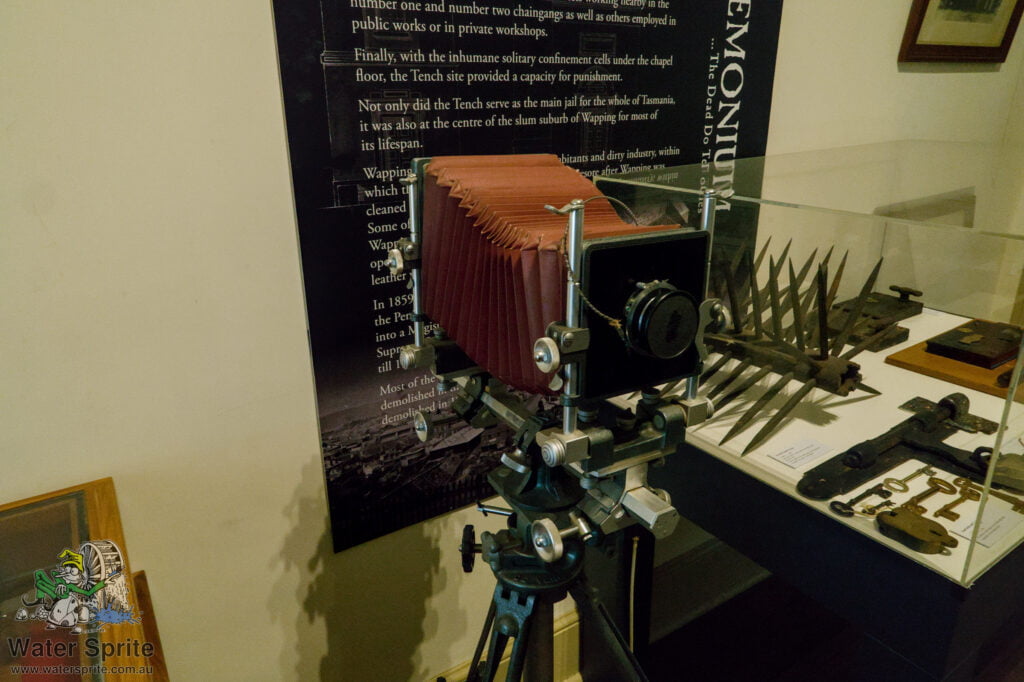
Sony A7Riv with Sony FE 24-70mm F2.8 GM II lens @ 24mm. 1/25s, f/16.0, 12800 ISO.
I did not seek the permission of other participants in the tour to publish photographs with them in it. The design and layout of the building made it very hard to get photographs without other people in them. As a result, I do not have many photographs to share here, unfortunately.
Links
Bonorong Wildlife Sanctuary
Bonorong Wildlife Sanctuary is one of many wildlife sanctuaries and zoos around Tasmania. It was, however, the only one we visited on this trip that was for more general land animals. Platypus House and Echidna world (see here) only had platypus and echidna, neither of which were at Bonorong. Bonorong do operate a sea bird rescue and rehabilitation centre on site as well, but that is not open to the public due to the need to avoid stressing the birds.
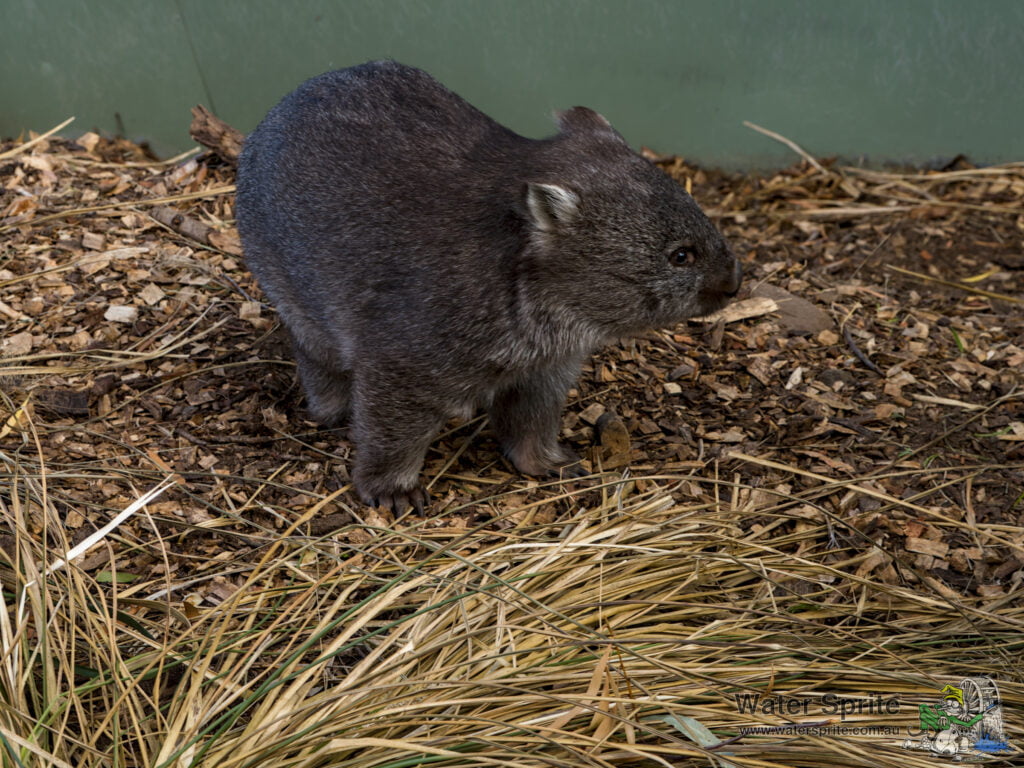
Sony A7Riv with Sony FE 70-200mm F2.8 GM OSS II lens @ 70mm. 1/80s, f/10.0, 250 ISO.
About the operation
They are a social enterprise dedicated to improving both the human and animal lives in their local community. They operate a wildlife rescue service, train wildlife rescue carers, operate a specialist wildlife veterinary hospital, in addition to housing and rehabilitating injured animals. Well recommended for those reasons alone. The selection of animals was a little limited compared to “normal” zoos, as all animals are either rescues or here as part of a breeding program as part of a conservation effort. Nevertheless, quite a selection of native animals.
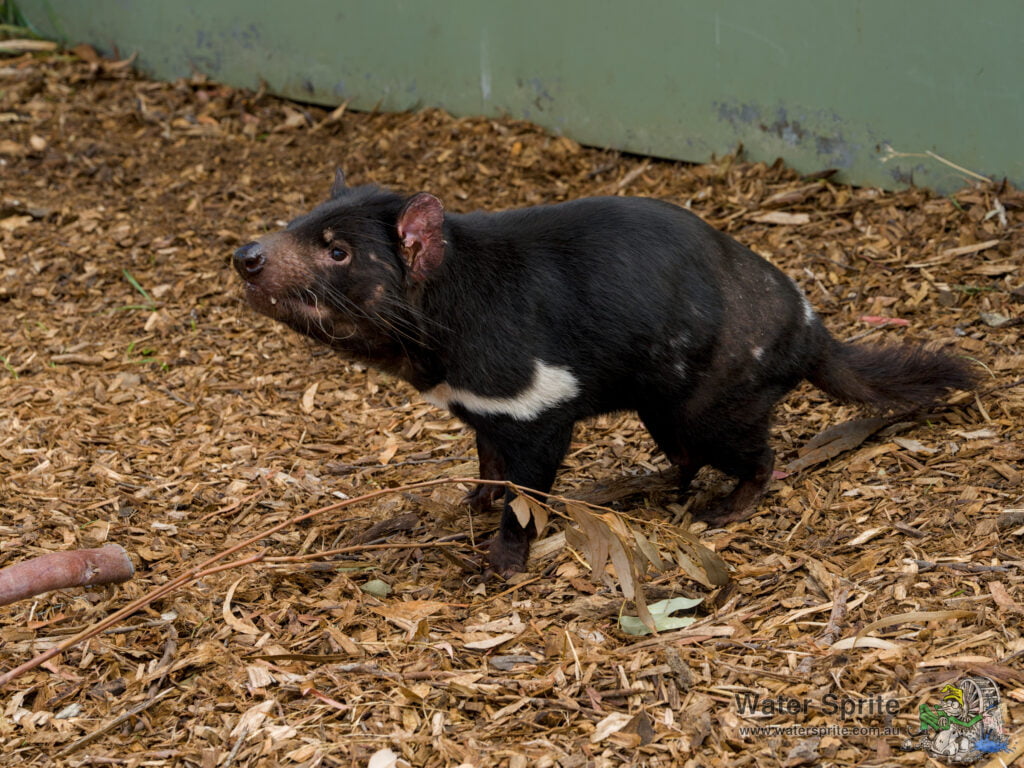
Sony A7Riv with Sony FE 70-200mm F2.8 GM OSS II lens @ 151mm. 1/160s, f/10.0, 640 ISO.
Seeing the site
Entry isn’t cheap, but feeding and caring for animals properly is an expensive job. I feel they were on par with other wildlife parks and zoos we have attended. Most zoos actually engage in a range of conservation activities, and the fees in part go to paying for those operations as well. Bonorong is no different in that respect. They were in the process of extending and updating their hospital while we were there and it was not operating. If you are there at the right time, you might have the possibility of watching actual live veterinary surgery going on, if that appeals to you.
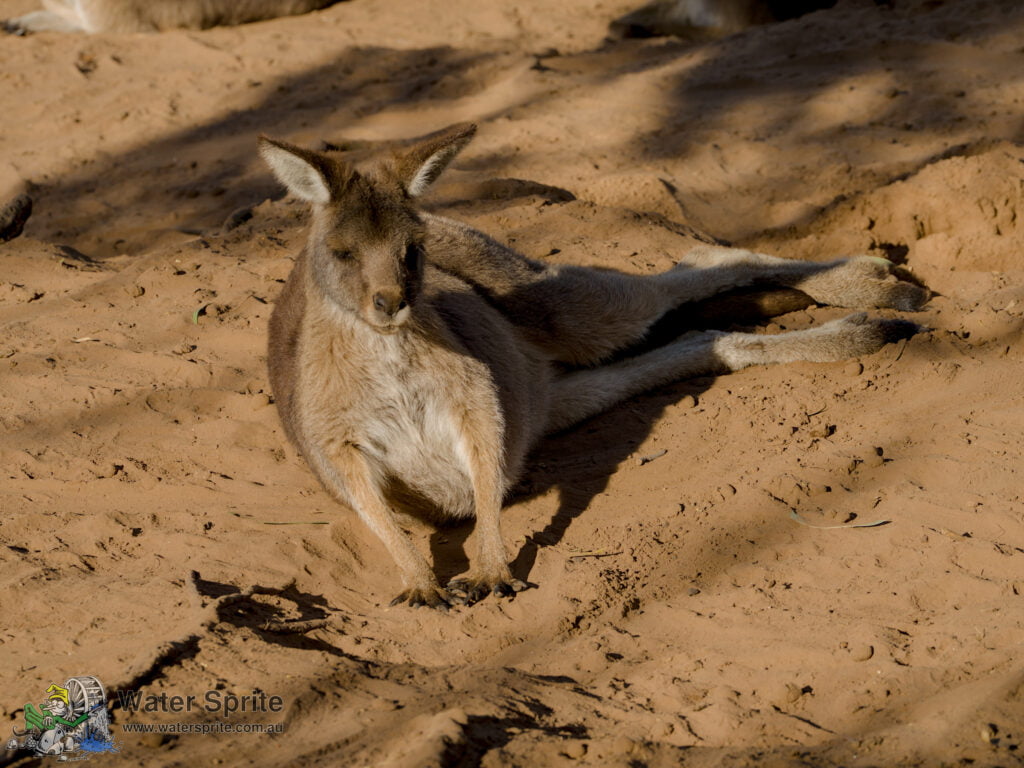
Sony A7Riv with Sony FE 70-200mm F2.8 GM OSS II lens @ 200mm. 1/250s, f/10.0, 160 ISO.
The site is available to wander around at will, but they also offer as part of your entry ticket the option to go on one of their several daily tours. Our tour guide was very knowledgeable and informative, as well as giving us plenty of opportunity to experience the animals. Highly recommended. We did not do any of the more specialised tours, although we did get to witness one family feeding one of the Tasmanian Devils.
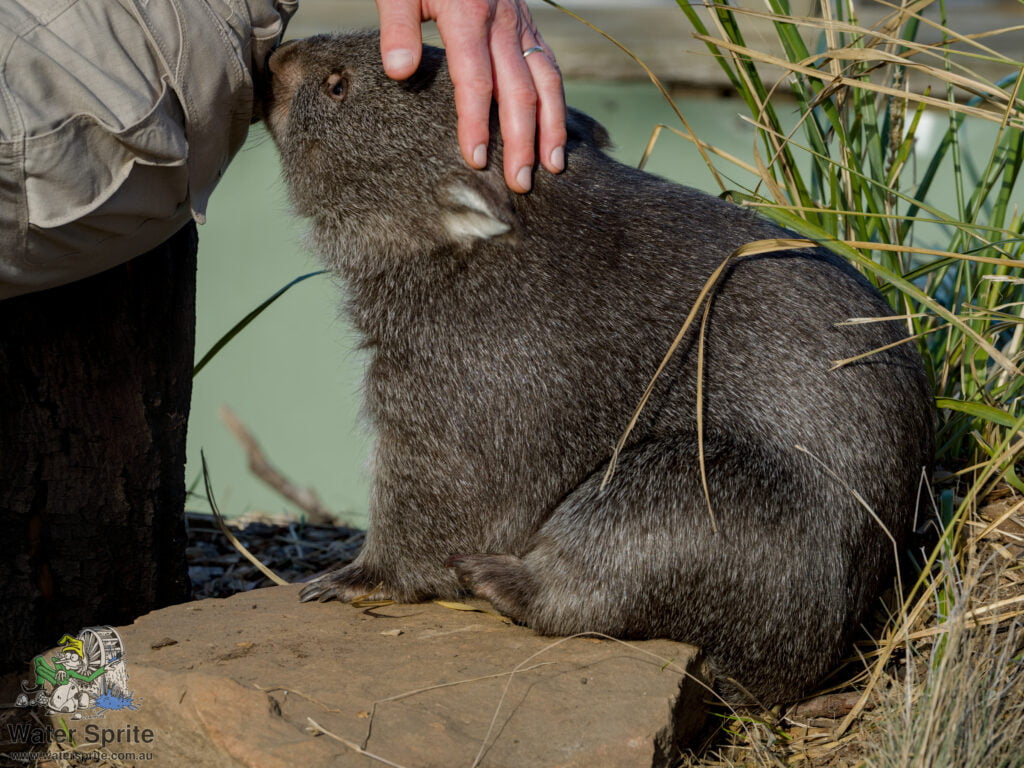
Sony A7Riv with Sony FE 70-200mm F2.8 GM OSS II lens @ 167mm. 1/200s, f/10.0, 320 ISO.
Food options
Be warned that the food options onsite are a little limited and 100% vegetarian. They do, however, support you bringing a picnic and there is a BBQ area available (booking strongly recommended). I didn’t pack a picnic, and, with apologies to the Food Hut, the kids were not impressed with the selection there. We drove into nearby Brighton to eat. I don’t remember what they had in the way of gluten free options, but my recollection was that the answer is “not much”. To be fair, it is only a tiny little kitchen and not a particularly large menu.
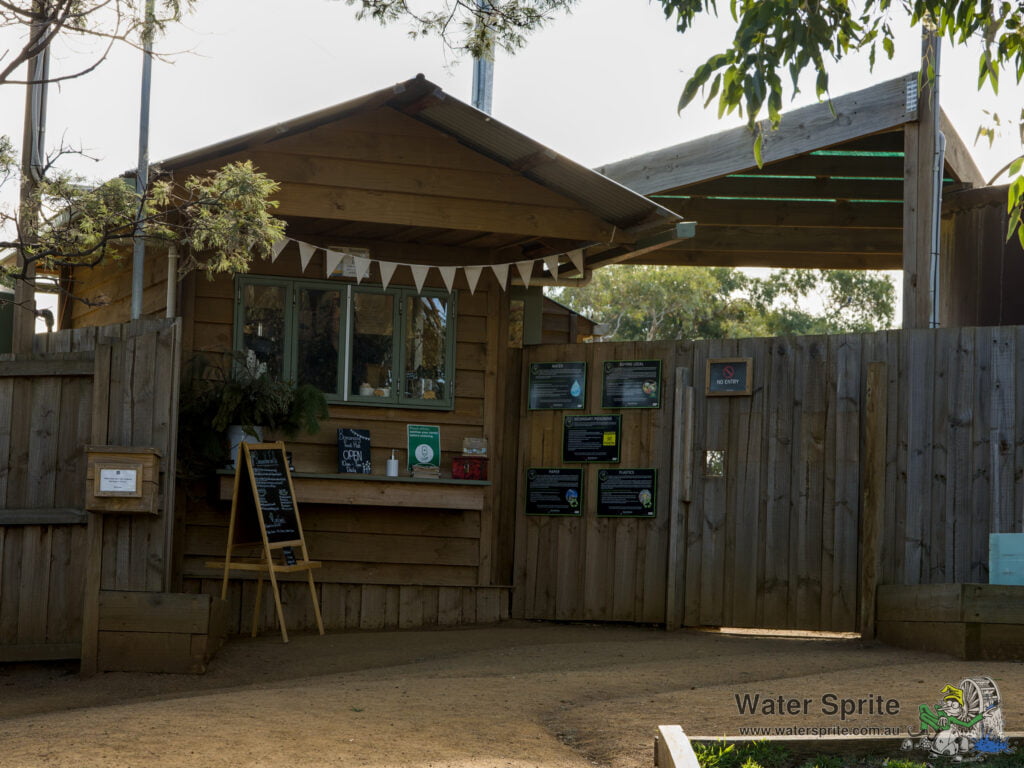
Sony A7Riv with Sony FE 70-200mm F2.8 GM OSS II lens @ 81mm. 1/100s, f/10.0, 500 ISO.




Links
Rosny Hill Lookout
Rosny Hill Lookout is located on the other side of the Derwent from Hobart city centre. There wasn’t much there. There was some signage that suggested there was a cafe around there somewhere, but we couldn’t find it, or any real indication of where it was located. It looks like it might be a food van parked in the carpark of the shops that we didn’t notice as we drove past. That’s life, I guess.
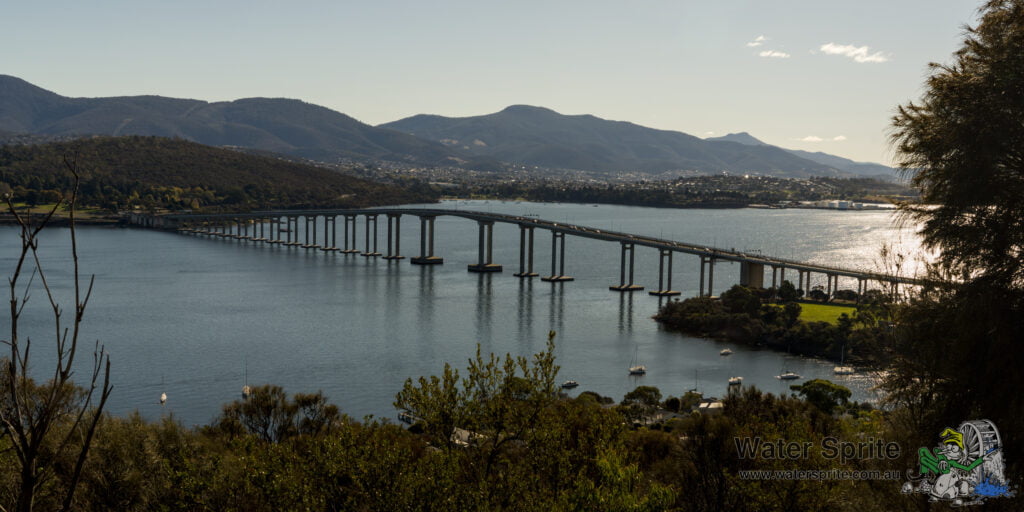
Sony A7Riv with Sony FE 24-70mm F2.8 GM II lens @ 34mm. 1/250s, f/10.0, 100 ISO.
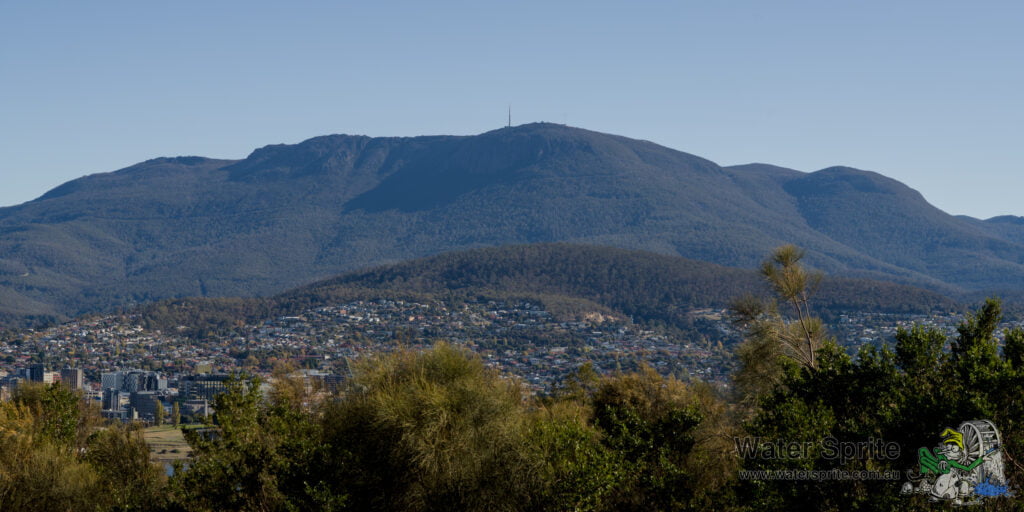
Sony A7Riv with Sony FE 24-70mm F2.8 GM II lens @ 70mm. 1/250s, f/10.0, 100 ISO.
Disclaimer
We attended the establishments and locations mentioned in this post as full fee-paying guests. Our hosts were not advised that we are semi-professional photographers or bloggers before or during our visit. It is our understanding that the tours and information we received were as normally provided to any member of the public.
The views expressed in this post are mine and mine alone, and any errors in it are also all mine. Any recommendations made in this post are unpaid and are based entirely on my experiences during my visit. Your experience may differ, and I cannot be responsible for that.
The National Trust encourage photography of their properties. I have not identified any limitations on commercial use of photographs taken at their properties. Should you be interested in using any of my photos from the Penitentiary please contact me. A proportion of sales of photographs sourced from the Penitentiary will be donated to the National Trust Tasmania.
Bonorong Wildlife Sanctuary only permit photography for non-commercial use without prior permission, which we did not have. These photos are provided for your education and information only, and are not for sale without the prior written permission of Bonorong Wildlife Sanctuary.
Leave a Reply